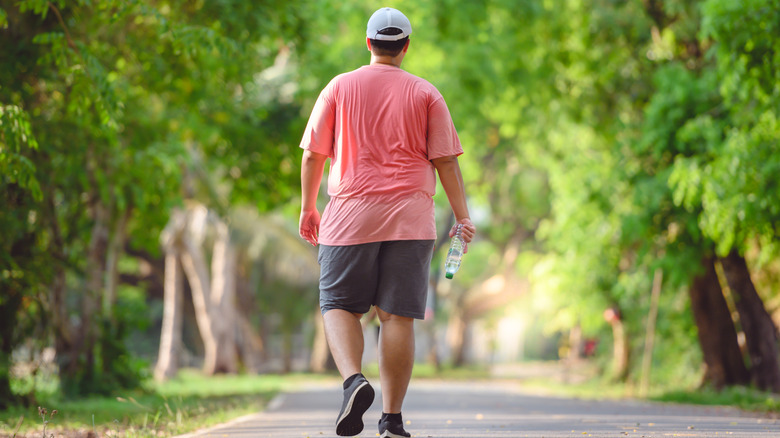How 'Activity Snack' Workouts Can Help Boost Your Muscle Mass
Fitting exercise into a busy schedule is a difficult task. Working a 9-5, running errands, and dealing with numerous other things being thrown your way makes it hard to find the time for the people you care about, let alone yourself. According to the CDC, only 23% of Americans are meeting the federal standards of exercise.
The Department of Health and Human Services believes that adults need about 30 minutes of exercise a day with two days of muscle-strengthening activity. Although it sounds like a lot of time to devote to working out in a single day, researchers have found that there's a way to shorten each session and still build muscle mass.
"Activity snack" workouts could be the ideal choice if you're finding it tough to fit lengthy gym sessions into an already overwhelming schedule. Although this idea is still being studied, reports found that a focus group was able to build muscle mass by walking for a bit or even doing a few squats after every 30 minutes of sitting. Here's how you can seamlessly incorporate "activity snack'" workouts into your daily routine.
How do activity snacks work?
According to Daniel Moore, an associate professor of muscle physiology at the University of Toronto ( via U.S. News), "activity snack" workouts are short periods of exercise that help your body to maintain muscle mass by using more amino acids from your meals. "If we move, we are better able to use the food that we eat to build and maintain muscle mass," Moore explained.
During the digestion process, your body turns protein into amino acids, which then repair body tissue and muscle fibers. Rather than remaining sedentary after eating, researchers recommend using your body's natural process to your advantage. Although sitting down after a meal is commonplace, a sedentary lifestyle can be linked to bad overall health.
You can steer clear of this by going on a short walk after each meal. If you eat three times a day, a ten-minute walk afterward will help you to meet the federal requirements of 30 minutes of exercise each day. A beginner-friendly workout, walking not only builds muscle mass but can reduce the risk of heart issues and even decrease stress and anxiety, per Shape.
If you want something a bit more exciting, try some easy yoga poses. It's important not to do anything too fast or strenuous, however, since undertaking a difficult workout immediately after eating can cause nausea and discomfort. Although "activity snack" workouts are a great way to get moving, 150 minutes of exercise a week is still recommended for a balanced lifestyle.

